Featured Photo Above:
Combined 1903 World Series Photo: Pittsburgh Pirates and Boston Pilgrims
(Color Restoration by Chris Whitehouse of Mancave Pictures)
Baseball History Comes Alive Now Ranked As a Top Five Website by Feedspot Among All Baseball History Websites and Blogs!
(Check out Feedspot's list of the Top 35 Baseball History websites and blogs)

Guest Submissions from Our Readers Always Welcome! Click for details
Subscribe to Baseball History Comes Alive! to receive new posts automatically
Burleigh Grimes Photo Gallery
Click on any image below to see photos in full size and to start Photo Gallery:
Another Edition of: Baseball Odds and Ends
Talk About a “Bad Day at the Office!”
“Why is it there are so many nice guys interested in baseball? Not me, I was a real bastard when I played.” –Hall-of-Famer Burleigh Grimes
Some of you will remember my last post featuring Hall-of-Famer Jim Bottomley and what was arguably one of the most productive days in major league history. I mentioned in that post that on September 16, 1924, “Sunny Jim” went 6-6, with 12 RBIs, setting a major league records for RBIs in a single game. Today, I’m featuring just the opposite: one of the worst days at the plate ever.
On September 22, 1925, Brooklyn pitcher Burleigh Grimes accounted for seven outs in just three plate appearances. I don’t know if that’s any kind of a record, but I do know it’s definitely a bad day at the office! And we can’t excuse him because he was a pitcher. He was an excellent hitter with a lifetime .248 average including two seasons in which he topped the .300 mark. Here’s what happened on that memorable day:
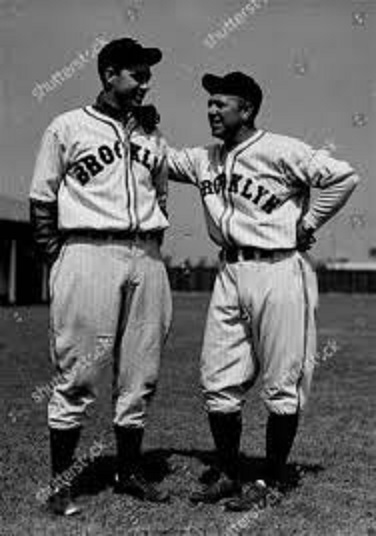
In a 3-2 12-inning loss to the Cubs, Grimes hit into two double plays in his first two at-bats. He followed this by hitting into a 6-4-3-2 triple play. That’s seven outs in just three plate appearances! Joe Torre once went 0-4 with four double plays (eight outs); but for pure “outs-per-at-bat” efficiency, I think you’d be hard-pressed to top Burleigh Grimes’ seven outs in three at-bats.
Of course, Burleigh Grimes didn’t get into the Hall of Fame because of his hitting. One of the most successful of baseball’s “journeymen,” he was an outstanding pitcher for 19 seasons (1916-1934) for seven different teams: Pirates (3 times), Robins, Giants, Braves, Cardinals (2 times), Cubs, and Yankees. Over his career, “Ol’ Stubblebeard” posted a 270-212 record (.560), with a 3.53 ERA, 314 complete games, and 1512 strikes outs.
Other career highlights include leading the league in complete games four times; innings pitched three times; wins twice; strike outs and shutouts once. Five times in his career he pitched over 300 innings. His best season was with the pennant-winning Brooklyn Robins in 1920, going 23-11 (.676), with a 2.22 ERA. He pitched in four World Series and was a member of one World Series championship (1931), in which he won two games.
When the spitball was banned in 1920, Grimes was one of the 17 established pitchers who were allowed to continue to throw the “wet one.” Despite his outstanding record on the mound, he is probably best remembered as the last hurler officially allowed to throw the outlawed pitch. Here’s what he once said about it:
“I used to chew slippery elm – the bark, right off the tree. Come spring the bark would get nice and loose and you could slice it free without any trouble. What I checked was the fiber from inside, and that’s what I put on the ball. The ball would break like hell, away from right-handers and in on lefties.”
Grimes succeeded Casey Stengel as Dodger manager in 1937, and compiled a two-year record of 131-171. As a scout for the Orioles, he’s credited with discovering Jim Palmer and Dave McNally.
Burleigh Grimes was elected to the Hall of Fame in 1964. Lawrence Ritter and Donald Honig included Grimes in their book The 100 Greatest Baseball Players of All Time. He passed away in 1985 at age 92.
Gary Livacari
Photo Credits: All from Google search
Information: Excerpts edited from the Burleigh Grimes Wikipedia page.
Check out my two books, both now available on Amazon in e-book and paperback: “Paul Pryor in His Own Words: The Life and TImes of a 20-Year Major League Umpire” and “Memorable World Series Moments.” All profits go to the Illinois Veterans Foundation
We are a participant in the Amazon Services LLC Associates Program, an affiliate advertising program designed to provide a means for us to earn fees by linking to Amazon.com and affiliated sites. Click here to view Amazon’s privacy policy
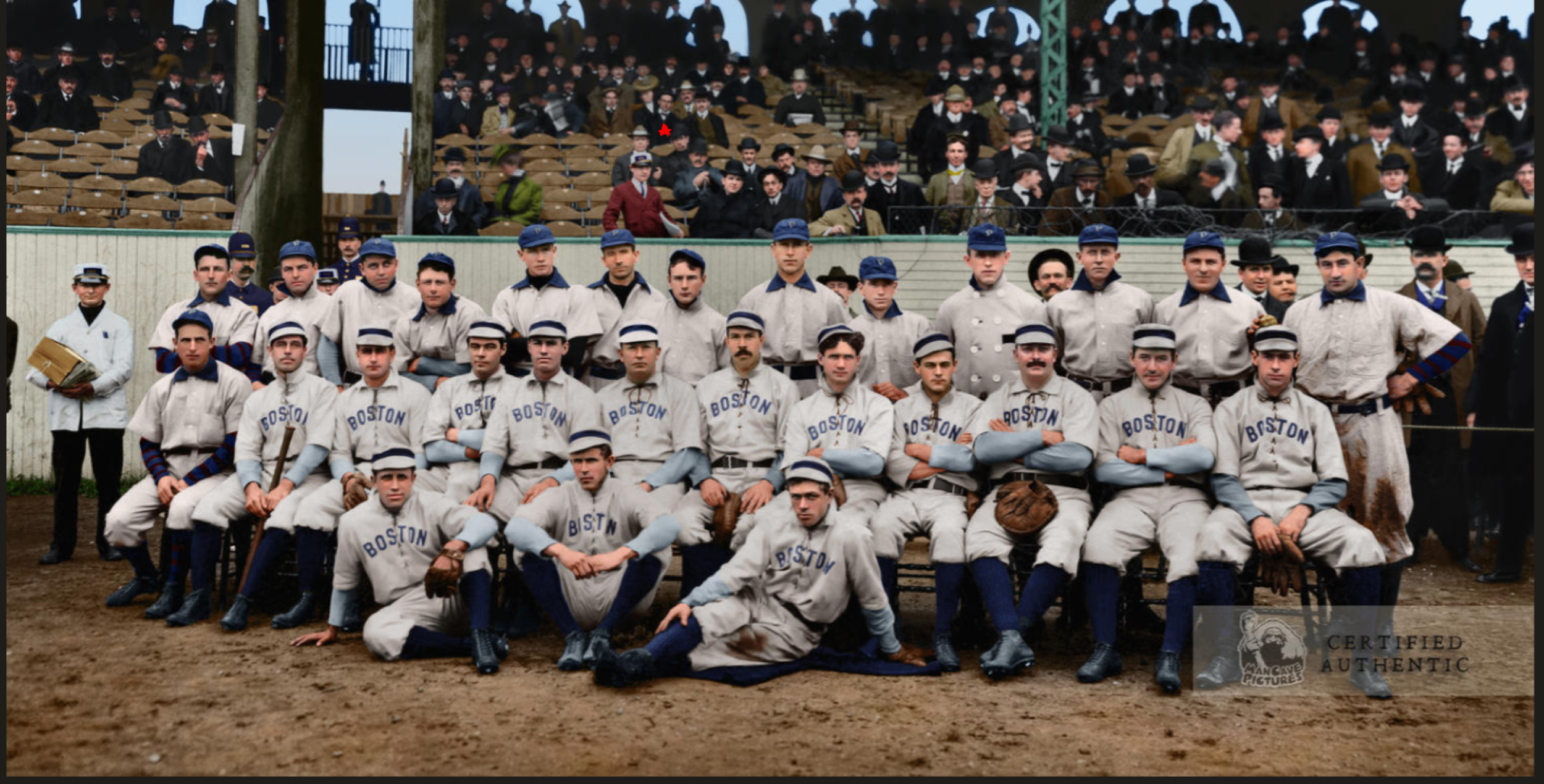
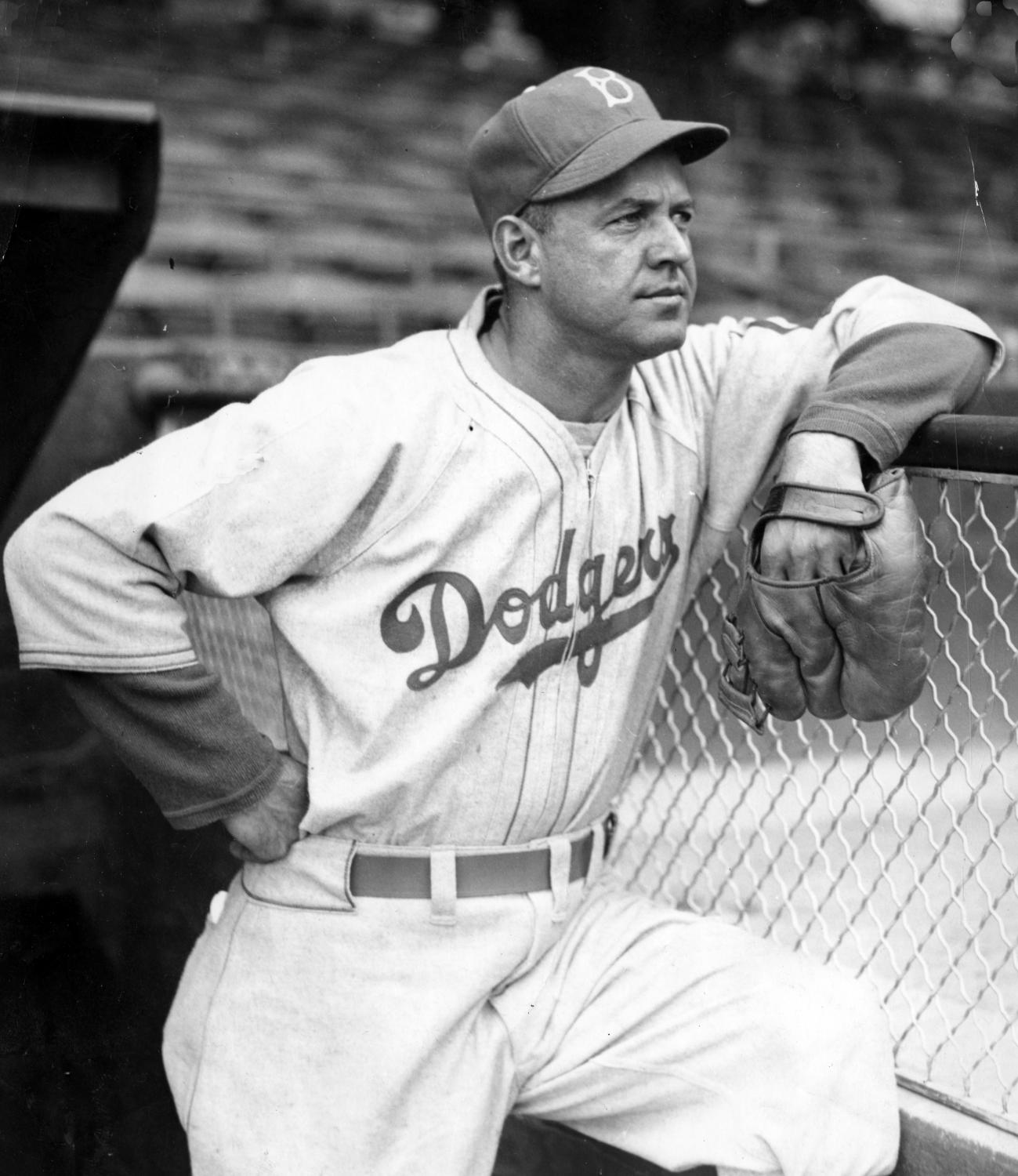
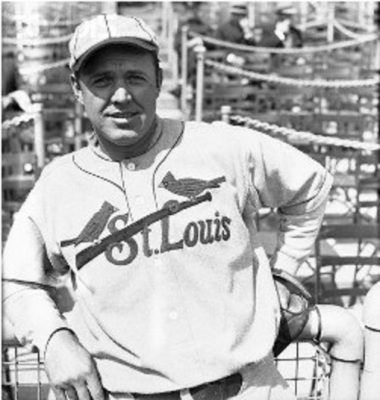
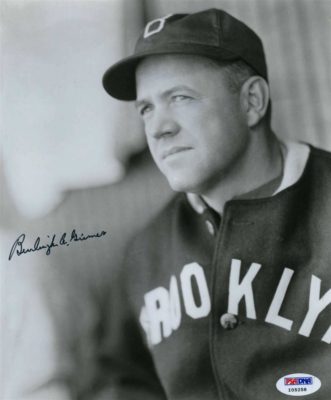
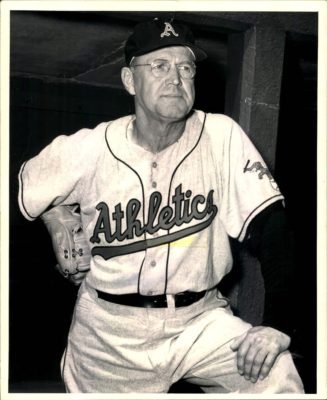
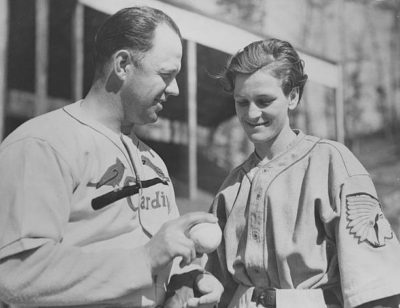
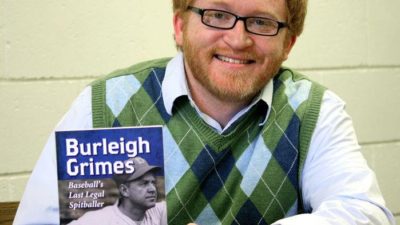
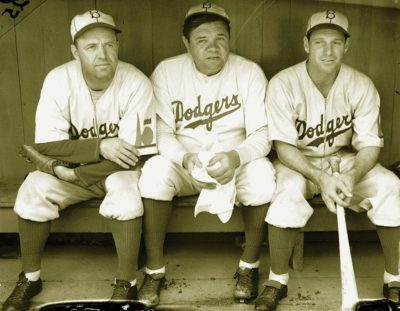
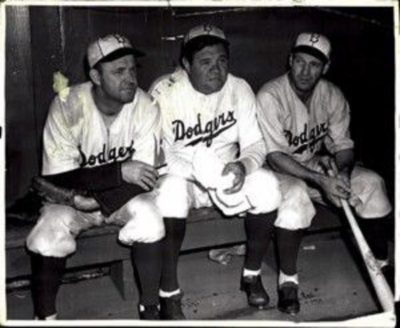
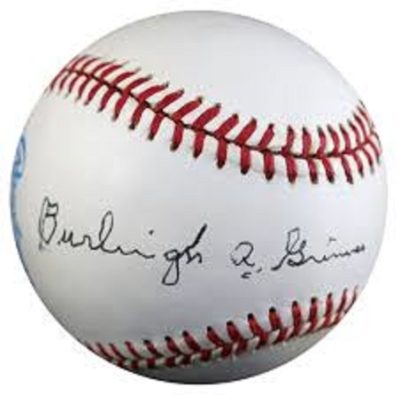
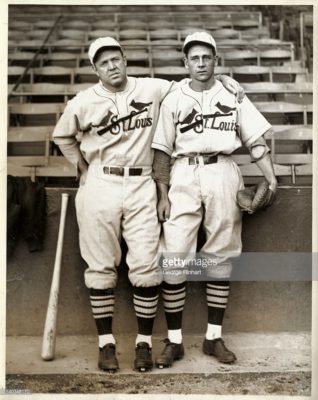
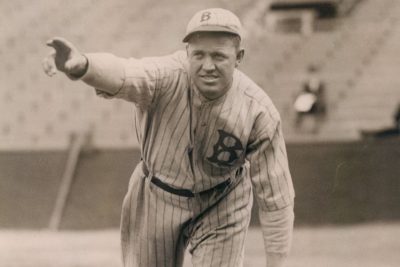
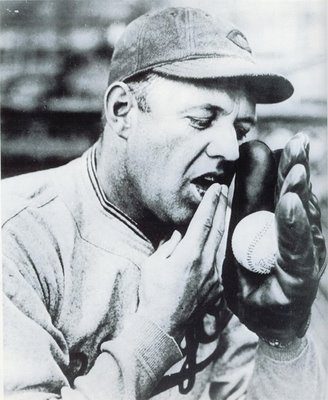
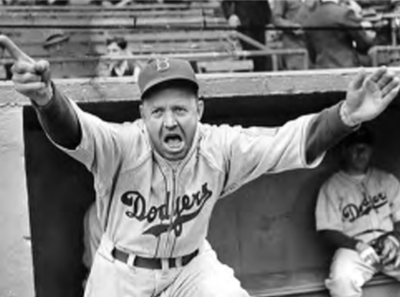
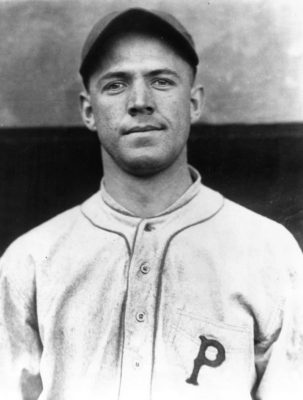

Well, Burleigh must have had a right quick bat. He must have hammered the ball! After all, you don’t hit high choppers or slow rollers into triple-plays — or even double-plays. Alternative thought: Maybe he was a slew-foot getting down the line. That could be it. Obviously we need more research here. At any rate, let’s face it: Burleigh’s bark was worse than his bat. (He was definitely a Brooklyn Bum.)
Thank you for another mind-numbing article.
Thanks Mike for the kind words. It’s comments like that that make my humble efforts worthwhile! Please stay in touch -Gary